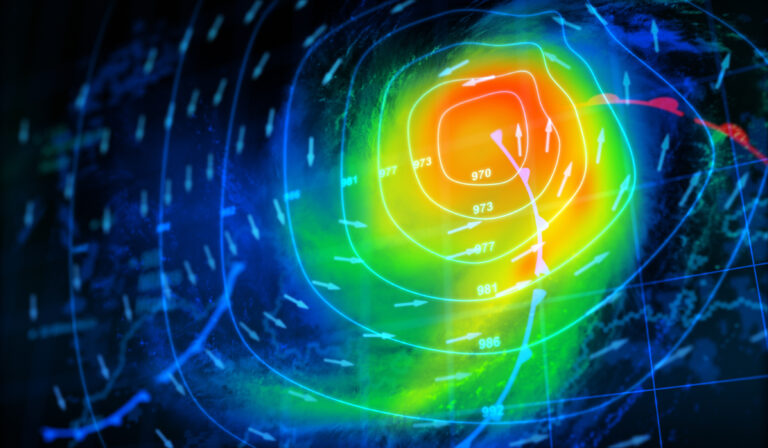The European Centre for Medium-Range Weather Forecasts (ECMWF) is organising a series of seminars given by international experts to explore aspects of the use of machine learning in weather prediction and climate studies.
The first will take place on April 28 and will be live-streamed via the ECMWF website. Sherman Lo and Ritabrata Dutta from the University of Warwick will present a statistical methodology to predict precipitation at 0.1° resolution using lower-resolution model fields of air temperature, geopotential, specific humidity, total column water vapour and wind velocity.
On June 9, Annalisa Bracco from the School of Earth and Atmospheric Sciences at the Georgia Institute of Technology will talk about spatiotemporal complexity and time-dependent networks in mid- to late Holocene simulations.
Peter Düben, ECMWF’s coordinator for artificial intelligence and machine learning activities, says, “ECMWF is currently making a significant effort to identify how artificial intelligence and machine learning applications can improve numerical weather prediction.
“In the future, the European Weather Cloud, which is being developed jointly by ECMWF and EUMETSAT, is likely to play a very significant role in the development of machine learning tools.”
In subsequent seminars, Maxime Taillardat (Météo-France) will present examples of operational ensemble post-processing using machine learning; Alberto Arribas (UK Met Office) will talk about work at the Met Office Informatics Lab; and Nal Kalchbrenner (Google) will talk about now-casting applications at Google. More seminars will follow later in the year.
In addition to the seminar series, ECMWF and the European Space Agency (ESA) are organising a joint workshop on ‘Machine Learning for Earth System Observation and Prediction’ that will take place at ECMWF between October 5 and 8.
“Machine learning is definitely growing in importance in numerical weather prediction. The seminar series and the workshop will provide new perspectives to inform future work in this rapidly developing area,” added Peter.



